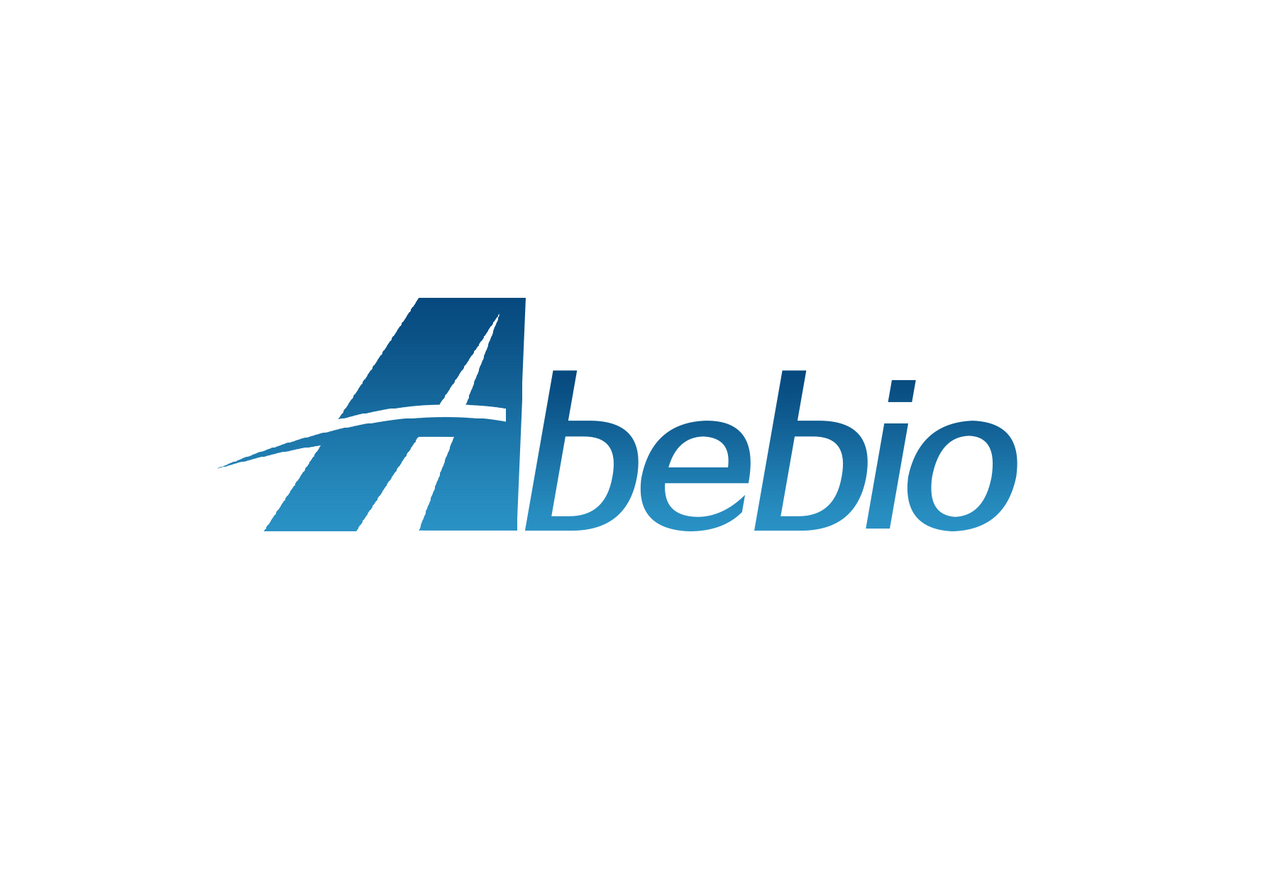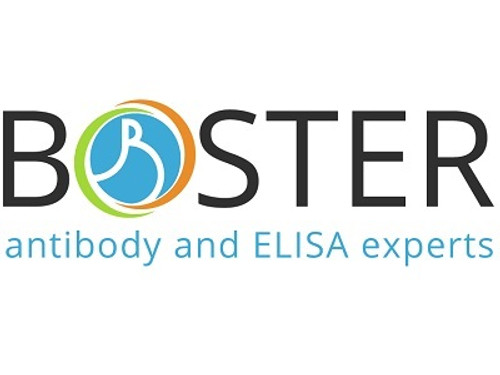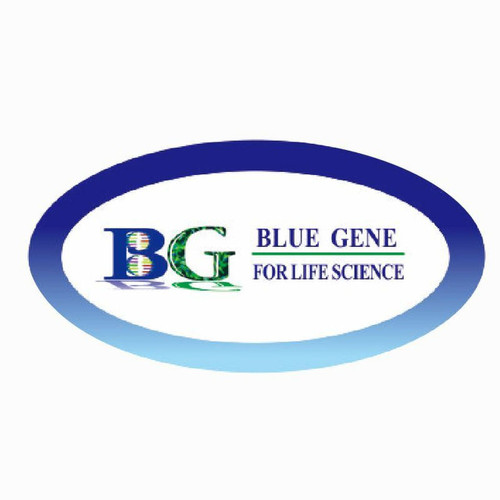Product Description
Rat Proline-rich nuclear receptor coactivator 1 (PNRC1) ELISA Kit | AE60090RA | Abebio
Species Reactivity: Rat (Rattus norvegicus)
Abbreviation: PNRC1
Alternative Name: B4-2; PNAS-145; PROL2; PRR2; RP11-63L7.5; proline rich 2 protein|proline-rich polypeptide 2|proline-rich protein with nuclear targeting signal
Application: ELISA
Range: Request Information
Sensitivity: Request Information
Intra-Assay: ≤4.1%
Inter-Assay: ≤9.8%
Recovery: 0, 99
Sample Type: Serum, Plasma, Other biological fluids
Detection Method: Sandwich
Analysis Method : Quantitive
Test Principale: This assay employs a two-site sandwich ELISA to quantitate PNRC1 in samples. An antibody specific for PNRC1 has been pre-coated onto a microplate. Standards and samples are pipetted into the wells and anyPNRC1 present is bound by the immobilized antibody. After removing any unbound substances, a biotin-conjugated antibody specific for PNRC1 is added to the wells. After washing, Streptavidin conjugated Horseradish Peroxidase (HRP) is added to the wells. Following a wash to remove any unbound avidin-enzyme reagent, a substrate solution is added to the wells and color develops in proportion to the amount of PNRC1 bound in the initial step. The color development is stopped and the intensity of the color is measured.
Product Overview: Proline-rich nuclear receptor coactivator 1 is a protein encoded by the PNRC1 gene.By screening a natural killer (NK) cell cDNA library subtracted with a Jurkat T-cell line, Chen et al. (1995) obtained a cDNA encoding PROL2, which they termed B4-2. The deduced 327-amino acid proline-rich protein has a potential N-terminal SH3-binding domain, a nuclear targeting sequence, and 7 SPxx or TPxx motifs. Northern blot analysis revealed expression of a 1.9-kb transcript in NK, T, and monocyte cell lines, as well as in a variety of other cell lines. Western blot analysis showed expression of a 35-kD protein. The International Radiation Hybrid Mapping Consortium mapped the PROL2 gene to chromosome 6.
Stability: The stability of ELISA kit is determined by the loss rate of activity. The loss rate of this kit is less than 5% within the expiration date under appropriate storage condition. The loss rate was determined by accelerated thermal degradation test. Keep the kit at 37°C for 4 and 7 days, and compare O.D.values of the kit kept at 37°C with that of at recommended temperature. (referring from China Biological Products Standard, which was calculated by the Arrhenius equation. For ELISA kit, 4 days storage at 37°C can be considered as 6 months at 2 - 8°C, which means 7 days at 37°C equaling 12 months at 2 - 8°C) .
 Euro
Euro
 USD
USD
 British Pound
British Pound
 NULL
NULL








